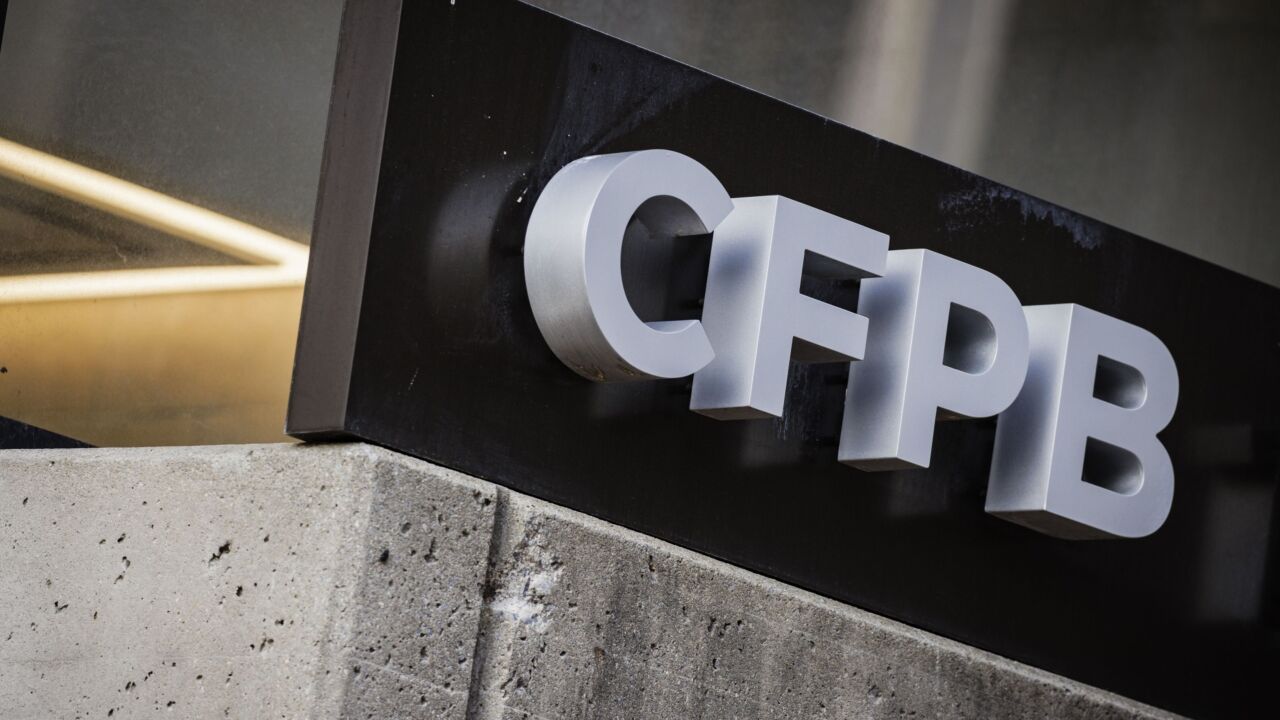Baton Rouge may not look enticing on paper -- its average household income is 11% below the nation's, its unemployment rate is comparable to the national one, and its population fell slightly from 2000 to 2003 -- but bankers in Louisiana and elsewhere are lining up to get into the city.
In the past year five branches have opened in the state capital, and three community banking companies, two of them headquartered in Mississippi, have acquired small banks there.
The trend will probably continue. At an investors conference of southeastern banks last week, several mentioned their desire to move into or expand in the city.
Though other southern markets, such as Memphis and the Florida Panhandle, are faster-growing, banks are attracted to Baton Rouge because it is the state's second-largest city -- behind the heavily banked New Orleans -- and has a relatively stable economy.
Mostly, though, expansion plans are being stepped up because of the expected runoff from mergers and acquisitions affecting Baton Rouge's biggest banks.
The $670 million-asset Teche Holding Co. of Franklin, La., entered Baton Rouge in November by opening a branch there. Patrick Little, Teche's chief executive officer, said the branch already has $28 million of deposits, making it the fastest-growing one in Teche's history.
Teche is set to open at least one more branch in the area this year and hopes to build several others in the near future, Mr. Little said.
Baton Rouge is larger, and therefore offers more opportunities, than other cities in which Teche has historically operated, he said. (The market has a deposit base of about $9 billion. Lafayette, the second-largest market in which Teche operates, has $3.2 billion.)
"It's not so much about how fast-growing the market is, but how much room do we have to grow in the market," Mr. Little said.
Teche hopes to maintain its momentum by stealing deposit share from the big banking companies, which are undergoing major changes.
The former Bank One has the No. 1 deposit share in Baton Rouge, with 37%. Hibernia National Bank is No. 2, with 26%.
JPMorgan Chase & Co. acquired Bank One in June but has not rebranded the branches, and competitors are counting on some runoff when the Chase brand replaces the Bank One brand on signs this year.
In February, Capital One Financial Corp. of McLean, Va., announced that it was buying Louisiana's largest banking company, the $22.3 billion-asset Hibernia National Corp. Capital One plans to change the Hibernia name, and many observers worry that the 73-year-old New Orleans bank's local, personal service would disappear under the control of a large credit card company based hundreds of miles away. (Capital One has not said what the new name would be.)
The upheaval is also taking place in other Louisiana markets, including New Orleans and Shreveport, but banks are not rushing to build branches or buy community banks in those places.
What does Baton Rouge have going for it? As the capital, its largest employer is the state government; it is also home to several large colleges, including Louisiana State University and Southern University.
With those two elements driving the local economy, Baton Rouge is much less susceptible to economic downturns, said Stephen Covington, an analyst who covers Louisiana banks for Stifel Nicolaus & Co. in St. Louis. "A place with both government and education make for a good banking market that is stable."
The $596 million-asset State Capital Corp. in Greenwood, Miss., is one of the out-of-state banking companies attracted to Baton Rouge. It bought the $111 million-asset First Bancshares Baton Rouge Inc. last month, and Stewart Brumfeld, State Capital's chairman, said it plans to open at least one branch there in the next year.
The city's other main business, chemical production, is not doing so well. Loren Scott, an economist and a former professor at LSU, said that in the past year the state has lost 5,200 chemical industry jobs -- most of them in Baton Rouge -- and that the number will probably be higher this year.
In light of the job losses, Mr. Scott said, banks are lining up to take advantage of market upheavals.
"The economic part makes it somewhat of a question mark as to why they are coming here, so I think many feel there's cherry-picking to be done from the big banks," he said.
Iberbiabank Corp. of New Iberia, La., moved into Baton Rouge early last year when it acquired the $76 million-asset Alliance Bank for $15 million. Perhaps more significantly, the $2.5 billion-asset Iberia recently hired three former Bank One executives, including John H. Bateman, the former CEO of Bank One's central Louisiana division.
"His talent, experience, relationships, and connection to the community will help fuel our growth," Brent McCoy, the president of Iberia's Baton Rouge region, said of Mr. Bateman.
Bankers are also drawn to Baton Rouge because they view it as offering more growth potential than the state's largest city. The population of New Orleans fell 3.2% from 2000 to 2003, and its unemployment rate is even higher than Baton Rouge's. Also, New Orleans is more heavily banked, with 355 branches, compared with 228 in the Baton Rouge market.
"New Orleans is extremely heavily banked and extremely competitive," said Mr. Covington at Stifel Nicolaus. "And many out-of-state ... and in-state players are so focused on New Orleans, people are thinking ahead to Baton Rouge."
The $10.8 billion-asset BancorpSouth Inc. of Tupelo, Miss., is one of the newcomers. It entered Baton Rouge late last year through its $34 million deal for the $164 million-asset Business Holding Corp. and intends to open two branches there.





